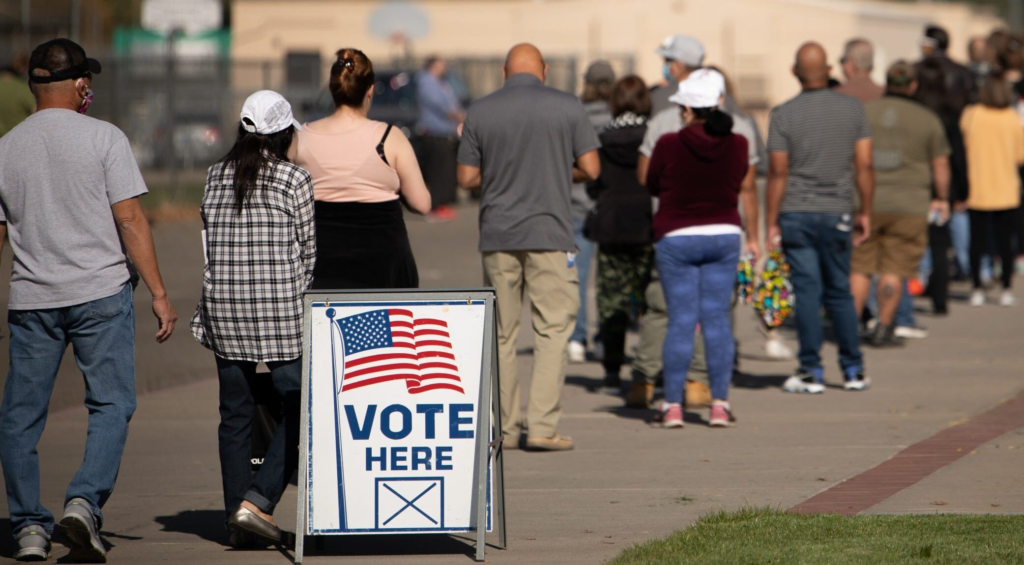The Electoral College is a unique system used in the United States to elect the president. Established in the late 18th century, it was designed to balance the influence of populous states with that of smaller states. Each state is allocated a certain number of electors based on its representation in Congress. Citizens vote for electors, who then cast their ballots for president. While this system has endured for over two centuries, it has sparked intense debate, particularly in modern times when the popular vote and the Electoral College outcome sometimes diverge.
At its core, the Electoral College was meant to prevent a purely population-driven election and ensure smaller states had a voice. But critics argue that the system no longer reflects contemporary democratic values and can diminish the power of individual votes in certain states.

Arguments in Favor of Abolishing the Electoral College
One of the strongest arguments for abolishing the Electoral College is that it can undermine the principle of one person, one vote. In the current system, votes in less populous states carry more weight than those in large states. This creates a situation where an individual vote in Wyoming, for example, has more influence than a vote in California. By moving to a direct popular vote system, every citizen’s vote would count equally, promoting fairness and equality in elections.
Another argument is that the Electoral College encourages candidates to focus primarily on swing states, often ignoring the majority of the country. Campaigns are heavily concentrated in a handful of competitive states, while voters in solidly red or blue states receive less attention. This focus can distort policy priorities and political messaging, leaving large portions of the population feeling neglected. A direct election system could motivate candidates to engage with voters nationwide rather than selectively targeting key states.
Critics also point to instances where a candidate wins the presidency without winning the popular vote. This has happened in several elections, leaving millions of citizens feeling disenfranchised. Abolishing the Electoral College would ensure that the candidate who receives the most votes nationwide becomes president, aligning outcomes with the democratic expectation that every vote matters equally.
Finally, reform advocates argue that the Electoral College can perpetuate outdated power structures. It disproportionately favors rural areas and smaller states over urban populations, which can influence policies that do not reflect the majority’s needs. A popular vote would give more weight to urban and suburban voters, arguably reflecting the demographic and political realities of modern America.
Arguments Against Abolishing the Electoral College
Despite these criticisms, there are compelling arguments for retaining the Electoral College. Supporters argue that it preserves the federal nature of the United States, giving states a meaningful role in presidential elections. The system encourages candidates to consider diverse regional interests rather than simply focusing on densely populated urban centers. Without it, small states might be overshadowed, reducing their influence in national politics.
Another argument is that the Electoral College contributes to political stability. It provides a clear, structured method for electing presidents and can prevent contentious nationwide recounts in extremely close elections. By concentrating votes state by state, the system can make the electoral process more manageable and predictable.
Supporters also emphasize that the Electoral College protects minority interests. In a direct popular vote system, candidates might only cater to the most populous areas, potentially ignoring the needs of smaller communities. The current system incentivizes candidates to campaign across diverse regions, considering economic, cultural, and regional differences, which some argue strengthens national unity.
Additionally, proponents suggest that abolishing the Electoral College could encourage nationwide recount chaos. A direct popular vote might trigger disputes across millions of ballots nationwide, creating uncertainty and logistical challenges. In contrast, state-level counts are more manageable and help contain disputes within defined boundaries.
Modern Challenges and Criticisms
The debate over the Electoral College has intensified in the modern era due to polarization and changing demographics. Critics argue that the system can amplify political divisions by overemphasizing swing states and underrepresenting stable states. This has led to frustration among voters who feel their voice is minimized in states considered “safe” for one party.
Technological advances and modern communication have also reduced the original justification for the Electoral College. In the 18th century, it was designed partly because information traveled slowly and the public was less informed. Today, citizens have immediate access to news and national debates, making the argument for a buffer system less compelling.
Despite these concerns, any move to abolish the Electoral College would require a constitutional amendment, a process that demands broad political consensus. This makes reform challenging and highlights the tension between democratic ideals and practical politics.

Possible Reform Alternatives
For those hesitant to completely abolish the Electoral College, there are alternative reform proposals. One option is the National Popular Vote Interstate Compact, an agreement among states to allocate their electors to the winner of the national popular vote once enough states join. This approach retains the structure of the Electoral College while effectively creating a direct popular vote outcome.
Other proposals suggest proportional allocation of electoral votes instead of the winner-takes-all system used by most states. This method could make elections more representative of actual voter preferences while maintaining state influence in the process.
Reforms could also include improved voter education and accessibility, ensuring that all citizens understand how the Electoral College works and how to participate effectively. While these changes don’t eliminate the system, they could enhance fairness and public confidence in elections.
The Human Element of Electoral Reform
At the heart of the debate is a deeply human question: how should individual voices be valued in a democracy? Citizens across the country often feel overlooked when the focus of campaigns and debates revolves around a few competitive states. This can foster disillusionment and reduce voter engagement. Reforming or abolishing the Electoral College could rekindle a sense of empowerment, giving people confidence that their vote truly matters.
Moreover, the debate is about national identity and trust in institutions. Maintaining a system that occasionally produces outcomes at odds with the popular vote can erode trust in democracy. Conversely, thoughtful reform could enhance legitimacy, reinforcing the idea that government reflects the collective will of the people.
Conclusion
The debate over the Electoral College is not just about mechanics or politics; it’s about values, fairness, and representation. Advocates for abolition argue for equality, nationwide engagement, and alignment with democratic principles. Supporters of the current system emphasize stability, regional representation, and the protection of minority voices.
Ultimately, the question challenges Americans to consider how best to balance tradition with evolving democratic expectations. Whether through abolition, reform, or careful retention, the conversation underscores the ongoing effort to create a system that reflects the diversity, complexity, and aspirations of the nation. Every citizen has a stake in this debate, and the decisions made will shape the future of American democracy for generations to come.
Do Follow USA Glory On Instagram
Read Next – Automation and Remote Work Are Reshaping Careers for Everyone






